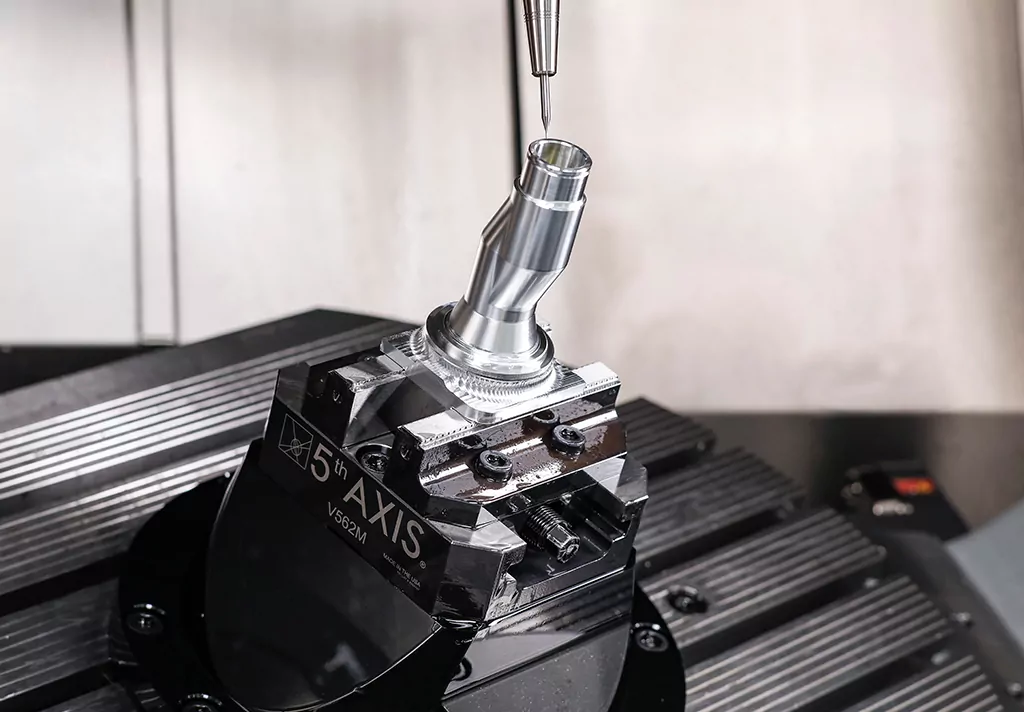Maximizing Productivity: Strategies for Optimizing 5 Axis CNC Machining Processes
Body
When it comes to manufacturing complex parts and components, 5 axis CNC machining has become an indispensable technology. The ability to move a part or tool on five different axes allows for a high level of precision and complexity in the machining process. In this article, we will explore various strategies for optimizing 5 axis CNC machining processes to maximize productivity and efficiency.

Understanding the Basics of 5 Axis CNC Machining
Before delving into the strategies for optimization, it's essential to have a solid understanding of the basics of 5 axis CNC machining. Unlike traditional 3 axis machining, which moves the part in three directions (X, Y, and Z), 5 axis machining adds two rotational axes, allowing for more complex and intricate cuts. This additional freedom of movement enables the production of highly intricate and precise parts that would be impossible to manufacture with traditional machining methods.
Optimizing Tool Paths and Cutting Strategies
One of the key strategies for maximizing productivity in 5 axis CNC machining is optimizing tool paths and cutting strategies. By carefully planning the tool paths and cutting strategies, manufacturers can minimize the number of tool changes, reduce cycle times, and improve surface finish quality. Utilizing advanced CAM software that can generate efficient tool paths based on the part geometry and material properties is crucial for achieving optimal results.
Utilizing Advanced Workholding and Fixturing Techniques
Another important aspect of optimizing 5 axis CNC machining processes is the utilization of advanced workholding and fixturing techniques. Proper workholding is essential for ensuring the stability and accuracy of the part during machining. Innovative solutions such as custom fixtures, modular workholding systems, and magnetic clamping technology can significantly enhance productivity by reducing setup times and improving accessibility to all sides of the part.
Implementing High-Performance Cutting Tools and Technologies
Maximizing productivity in 5 axis CNC machining also involves the implementation of high-performance cutting tools and technologies. Utilizing cutting-edge tools such as solid carbide end mills, indexable milling cutters, and high-speed machining techniques can greatly improve material removal rates, tool life, and overall machining efficiency. Additionally, integrating technologies like through-tool coolant delivery and vibration damping systems can further enhance the performance of cutting tools.
By implementing these strategies and leveraging the capabilities of 5 axis CNC machining, manufacturers can achieve significant improvements in productivity, quality, and cost-effectiveness. The ability to produce complex parts with tight tolerances in a single setup offers a competitive advantage in various industries, including aerospace, automotive, medical, and mold making.
As technology continues to advance, the future of 5 axis CNC machining holds even greater potential for innovation and optimization. With the ongoing development of smarter CAM software, advanced cutting tools, and intelligent automation systems, the possibilities for maximizing productivity in 5 axis CNC machining processes are virtually limitless.









Comments